I'm using "d.pizza" data. There is variable called "delivery_min" which is delivery time (in minutes) and there is variable called "area" which can be one of three areas (Camden, Westminster and Brent). I want to draw a density plot that visualises the distribution of delivery time for these three areas.
I tried
plot.ecdf(pizza_d$delivery_min)
this code works, but how can I do it for each area?
head(d.pizza)=
index date week weekday area count rabate price operator driver delivery_min
1 1 1 01.03.2014 9 6 Camden 5 TRUE 65.655 Rhonda Taylor 20.0
2 2 2 01.03.2014 9 6 Westminster 2 FALSE 26.980 Rhonda Butcher 19.6
3 3 3 01.03.2014 9 6 Westminster 3 FALSE 40.970 Allanah Butcher 17.8
4 4 4 01.03.2014 9 6 Brent 2 FALSE 25.980 Allanah Taylor 37.3
5 5 5 01.03.2014 9 6 Brent 5 TRUE 57.555 Rhonda Carter 21.8
6 6 6 01.03.2014 9 6 Camden 1 FALSE 13.990 Allanah Taylor 48.7
temperature wine_ordered wine_delivered wrongpizza quality
1 53.0 0 0 FALSE medium
2 56.4 0 0 FALSE high
3 36.5 0 0 FALSE <NA>
4 NA 0 0 FALSE <NA>
5 50.0 0 0 FALSE medium
6 27.0 0 0 FALSE low


